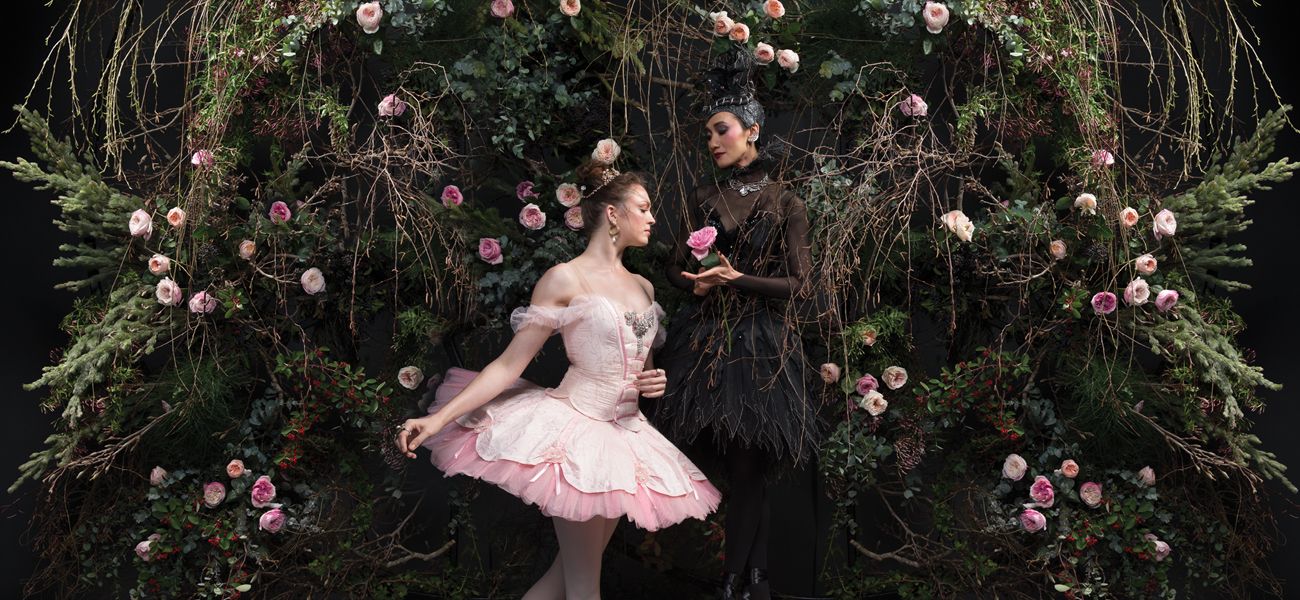The Music —
In 1888, Pyotr Ilyich Tchaikovsky was approached by the Director of the Imperial Theatres in St Petersburg, Ivan Vsevolozhsky, about a possible ballet adaptation of the story of Undine. It was later decided that Charles Perrault's La Belle au Bois Dormant (The Beauty Sleeping in the Wood) would be the story for which Tchaikovsky would compose ballet music.
Tchaikovsky did not hesitate to accept the commission, although he was aware that his only previous ballet, Swan Lake, had met with little enthusiasm at that stage of his career.
The choreographer was Marius Petipa, ballet master of the Imperial Ballet, who wrote a very detailed list of instructions as to the musical requirements. Tchaikovsky worked quickly on the new work – in little more than a month during the winter of 1888, he sketched out a rough draft of the music. He began orchestration in June 1889, working at Frolovskoe, the country estate of his mysterious patron, Madame Nadezhda von Meek.
The score reveals an unusual and rarely displayed side of Tchaikovsky’s nature. It abounds in gay and tuneful themes that are the antithesis of his more sombre and intense symphonies and tone-poems. Possibly the happier tone of the music was the result of those rare moments of tranquillity which the composer felt while on holiday in the country.
Tchaikovsky was by all accounts highly pleased with his endeavours, placing the music for The Sleeping Beauty amongst his finest work.
The ballet's focus was on the two main conflicting forces of good (the Lilac Fairy) and evil (Carabosse); each is represented by a leitmotif , which runs through the entire ballet, serving as an important thread to the underlying plot. Aurora’s wedding scene, however, takes a complete break from the two motifs and instead places focus on the individual characters of the various court dances.
